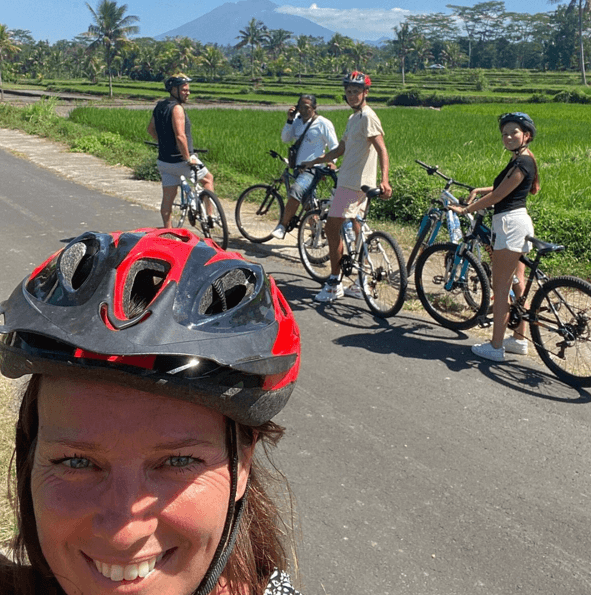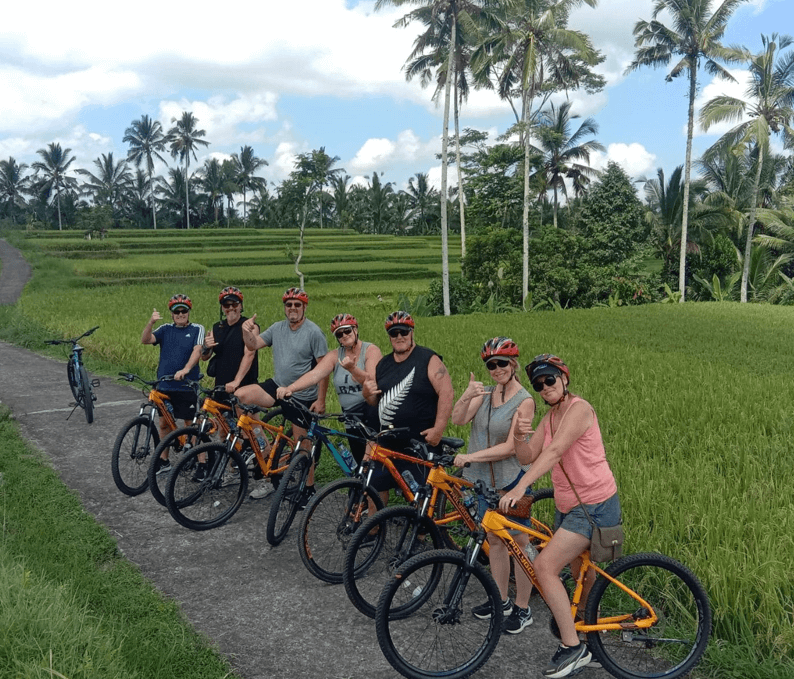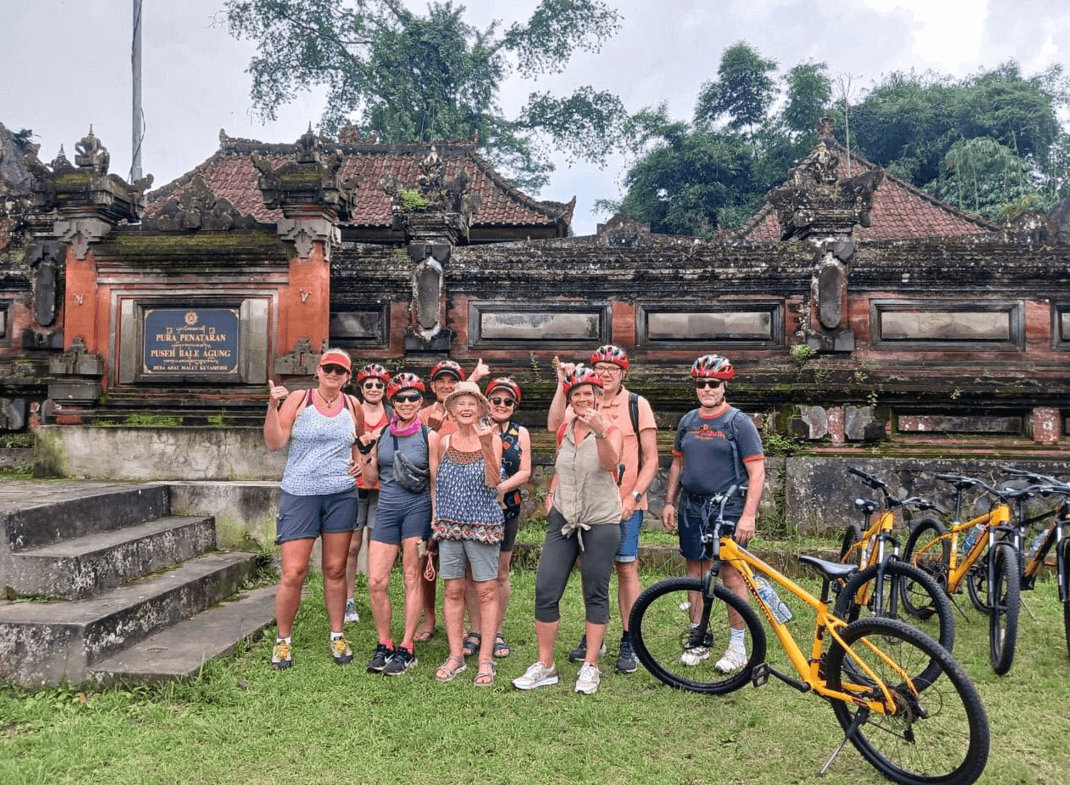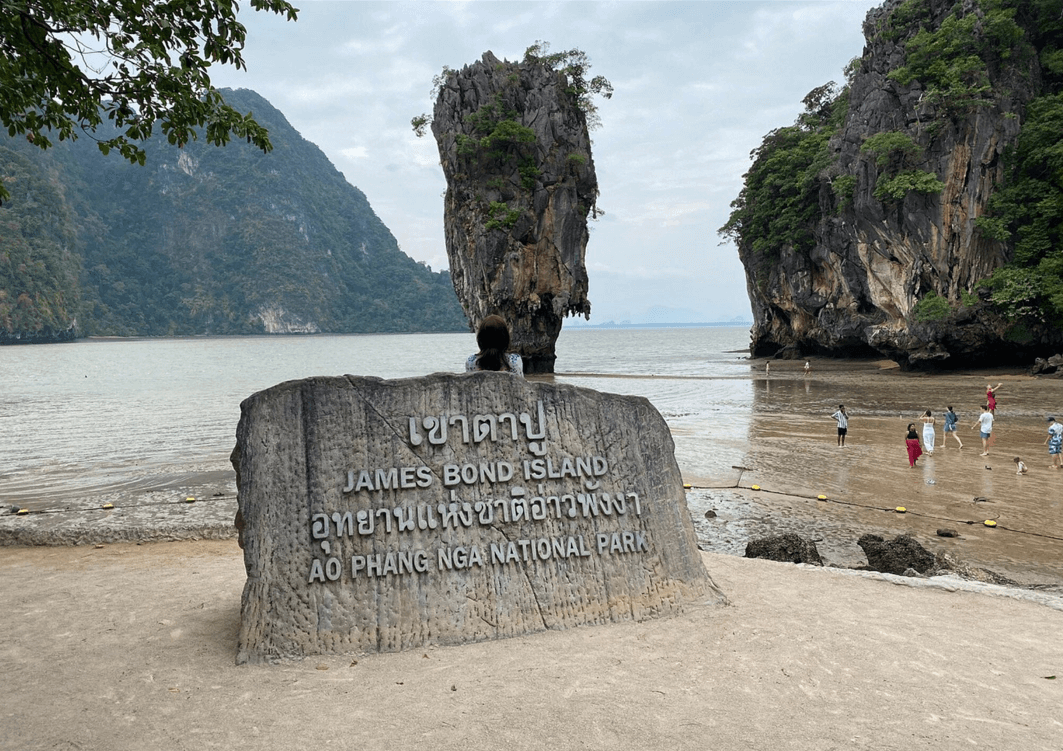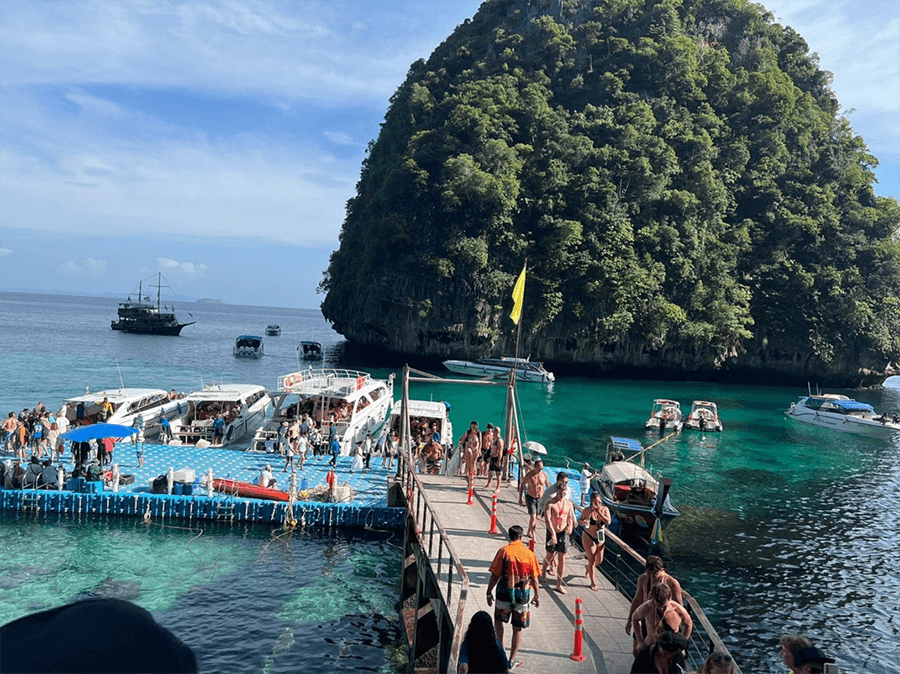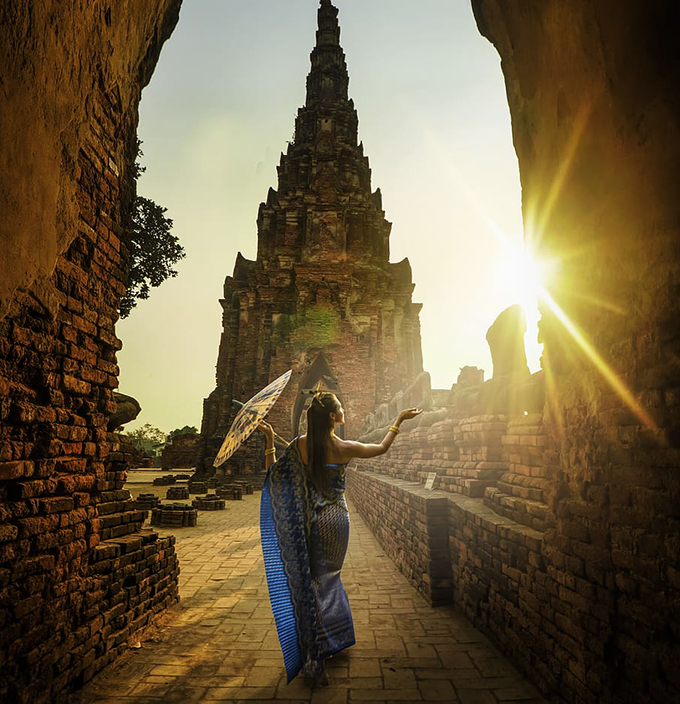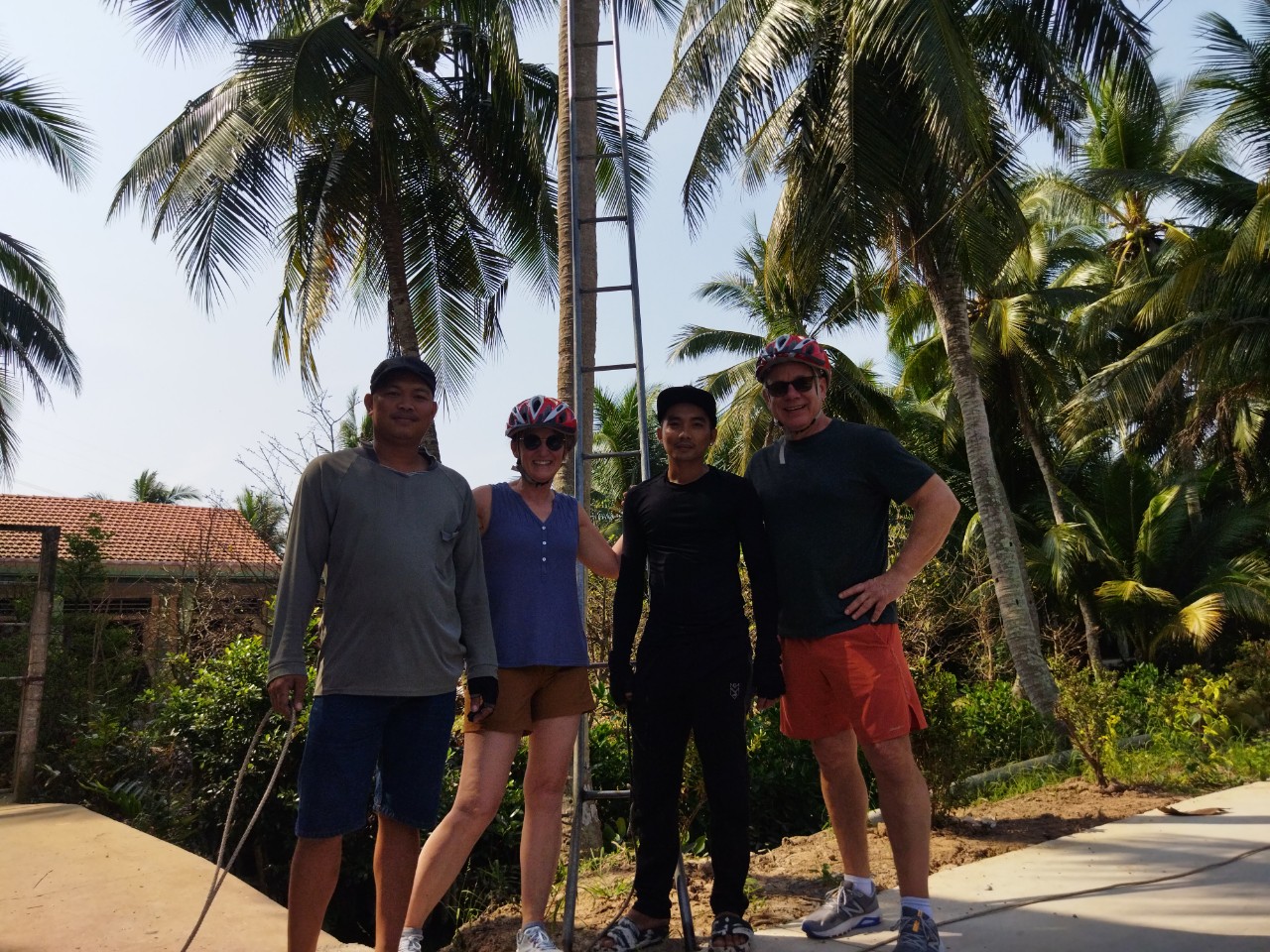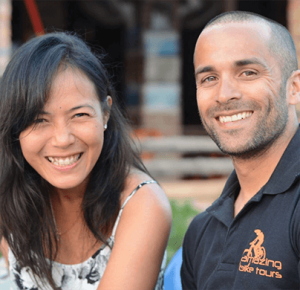South Korea Travel Guide
Hanging from China like a teardrop, the Korean peninsula offers a relatively untravelled treasure trove of delights: from pine-clad mountains and lush fields of rice paddies to glorious tropical islands; glittering temples and bejewelled palaces to energetic cities.
The peninsula was split in two following the civil war in 1953, with North Korea isolating itself while South Korea has managed to elegantly balance a powerhouse economy with a continued respect and reverence for its traditions and history.
Where to travel in South Korea
Seoul, the capital of South Korea, sprawls across its north west, not far from the border with the North. It is one of the largest cities in the world, priding itself on its neon-lit nightlife and technological sophistication. Yet, it is also richly steeped in history, with five exquisite royal palaces to visit and traditional houses to explore.
Over to the east the wild crags of Seoraksan National Park offer dramatic scenery, whilst in the south Jeju Island is the main draw for its beaches and the access it offers to the string of smaller islands that pepper the West Sea.
The royal tombs and treasures of Gyeongju in the south east hold an irresistible appeal, whilst a little further down the coast Busan offers urban thrills and South Korea’s most desired beach. Food lovers should sample the regional cuisine in the south east province of Jeolla when they visit the traditional hanok housing of Jeonju. On the northern border, of course, lies the Demilitarized Zone, or DMZ – an intriguing spot that offers views into South Korea’s isolated northern neighbour.
Reasons to love South Korea
- In South Korea natural beauty exists within a stone’s throw of highly-cultured cities – very few major cities can claim to have a National Park right on their doorstep as Seoul has the peaks of Bukhansan.
- The country’s modern economic miracle exists side-by-side with ancient traditions and sites – discover the history and culture created by an unbroken line of kings that stretches back nearly two millennia before the Japanese occupation of 1910.
- The warm, generous nature of the South Korean people is replicated in its warm, generous cuisine. South Korean meals are characterised by their excess of spices and their excess of ‘banchan’ (or side dishes). Be prepared for a taste explosion multiplied by all those delicious sides and complex flavours!



